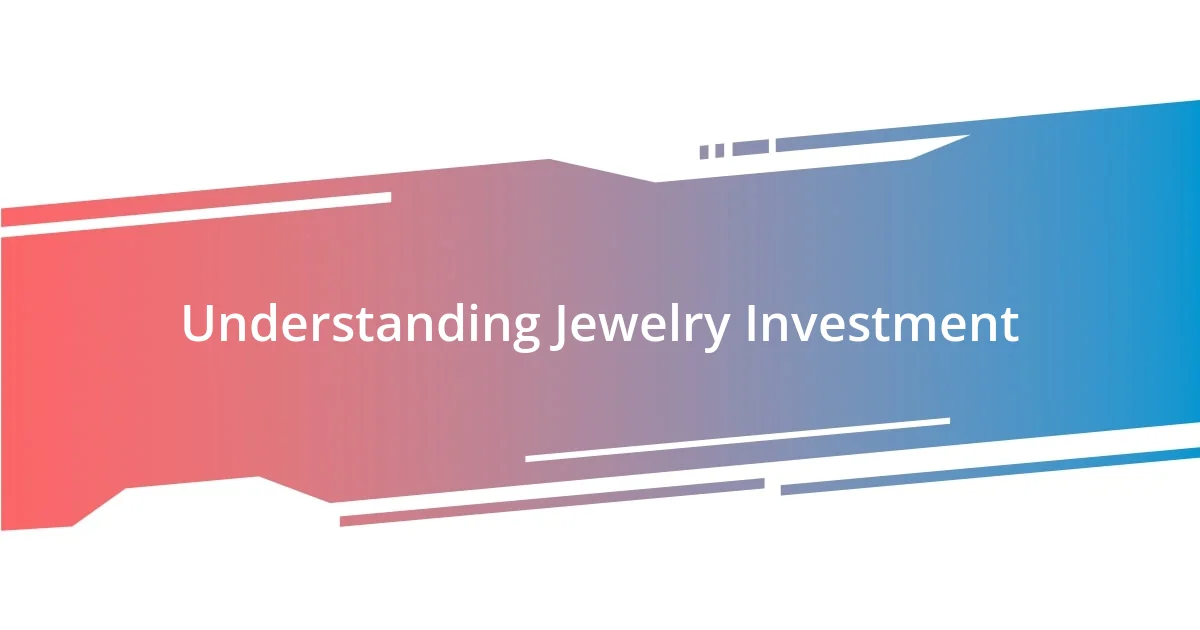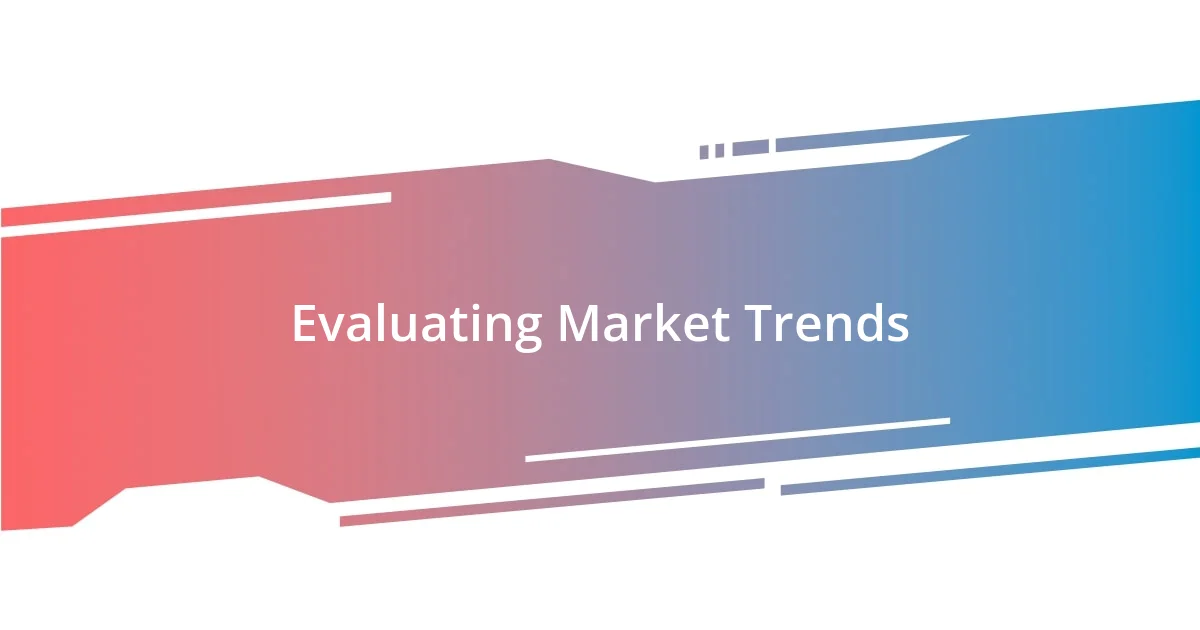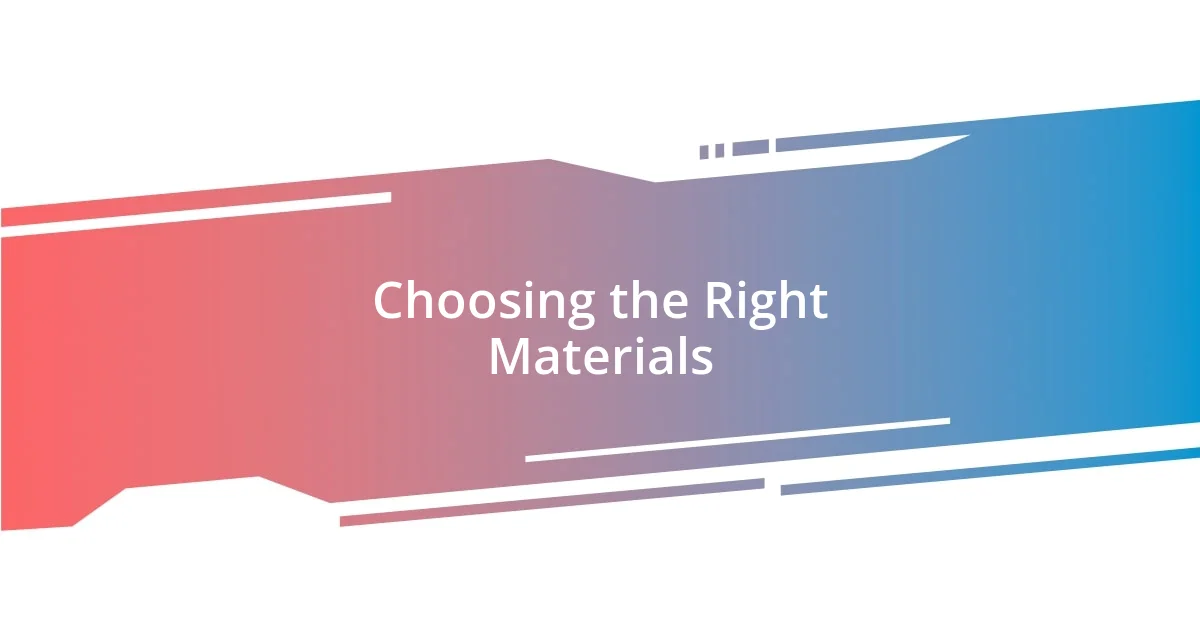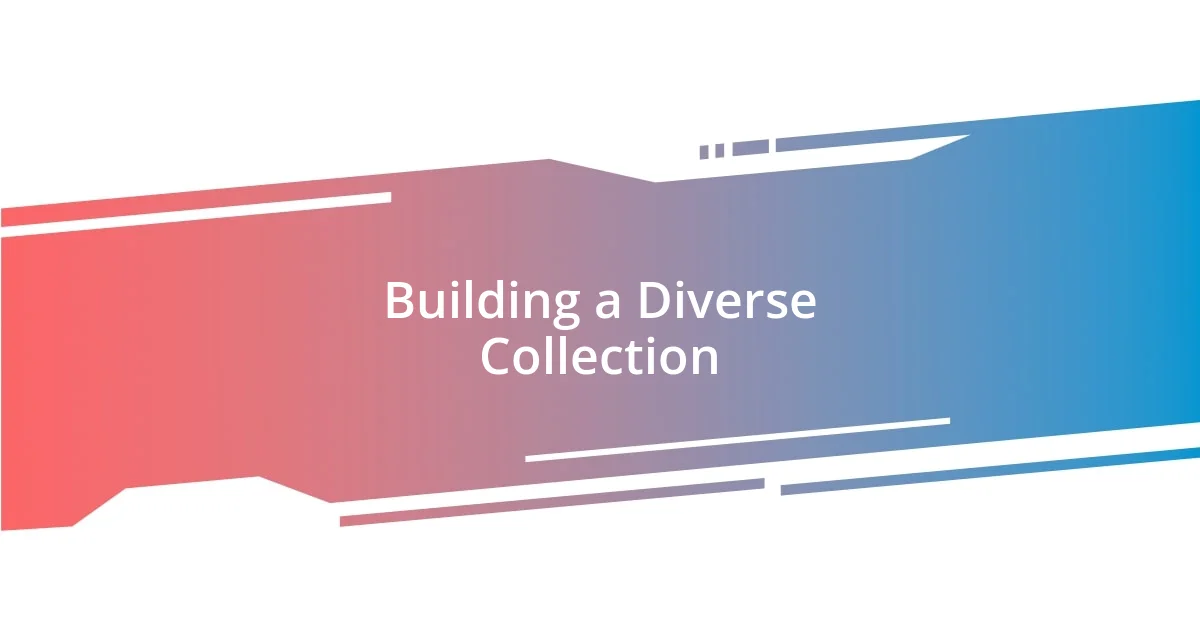Key takeaways:
- Jewelry investing blends emotional connections and financial considerations, requiring thoughtful decision-making regarding sentimental versus market value.
- Market trends, material choices, and authenticity certifications are vital for assessing jewelry investments, influencing potential resale value and appreciation over time.
- Effective reselling strategies include accurate appraisals, appealing presentation, and timing sales according to market demands to maximize profitability.

Understanding Jewelry Investment
Jewelry investment is about more than just buying pretty pieces; it’s an emotional journey that intertwines passion and finances. I remember the first time I bought a unique vintage ring—its history captivated me, and I felt an instant connection. Isn’t it fascinating how a piece of jewelry can carry stories from generations before us?
When I think of jewelry as an investment, I often ponder the difference between sentimental value and market value. I picked up a pair of heirloom earrings from my grandmother, initially for their emotional weight. Over time, I realized their potential worth increased, leading me to question: how do we truly assess the value of what we cherish?
Understanding jewelry investment means recognizing that the market fluctuates, much like any other asset class. I once had to make a choice between keeping a stunning diamond piece I wore on special occasions and selling it for a significant return. This pivotal moment taught me that making informed decisions can transform our emotional attachments into worthwhile investments. Would you hold onto something precious or let it go for financial gain? That’s a question every investor must grapple with.

Evaluating Market Trends
When evaluating market trends, it’s essential to pay attention to shifts in consumer preferences and economic indicators. I vividly recall attending a jewelry trade show where I noticed rising interest in sustainable, ethically sourced pieces. This shift made me rethink my own collection and consider the potential future value of similar investments. Trends like these can signal which styles or materials may appreciate over time.
- Analyze auction results and sales data regularly to spot hot and cold trends.
- Stay connected with influencers and experts in the jewelry industry for insights.
- Monitor economic conditions, as jewelry investment can correlate with recessions and booms.
- Embrace social media platforms to observe what styles are gaining popularity among collectors.
Understanding these trends has helped me make more informed decisions about which pieces to acquire. I remember buying a pair of earrings that were heavily featured on social media, and not long after, their market value surged. I felt that buzz resonate, reinforcing my belief in the importance of being plugged into the ever-evolving landscape of jewelry investment.

Choosing the Right Materials
Choosing the right materials for jewelry investment can significantly affect both its emotional and financial returns. I remember when I opted for a stunning pair of aquamarine earrings instead of the more traditional diamonds. The unique color and clarity of the stones not only resonated with my personal style but also sparked conversations, making them a cherished addition to my collection. It’s a reminder that sometimes, the less common choices can yield greater appreciation over time.
When considering materials, think beyond just aesthetics. One time, I purchased a gold bracelet that seemed to lack excitement at first glance. However, I later discovered that it was crafted from 22k gold, which has a higher purity compared to the more common 14k or 18k options. This realization opened my eyes to the importance of material properties—understanding these nuances can be pivotal in elevating the value of our investments while connecting us to the craftsmanship behind each piece.
Another key aspect to consider is market demand for specific materials. I once held onto a vintage piece made with emeralds, which were not initially a hot trend. Fast forward a couple of years, and their value skyrocketed, influenced by a resurgence in popularity. This taught me that investing in materials with potential market resurgence, even if overlooked at the moment, can be both rewarding and exhilarating.
| Material | Characteristics |
|---|---|
| Gold | Various purities affect value; classic and enduring. |
| Diamonds | Timeless, but market saturation can lower specific values. |
| Colored Gemstones | Unique, can appreciate based on trends and rarity. |
| Silver | Affordable entry point, but lower long-term value compared to gold or gems. |
| Platinum | Highly durable and valuable, but generally higher initial cost. |

Importance of Authenticity Certificates
When it comes to investing in jewelry, authenticity certificates are crucial to ensuring the value and legitimacy of your pieces. I still recall the time I bought a stunning sapphire ring at a local estate sale, only to later find out it was unverified. That experience taught me the hard way: without a valid authenticity certificate, you’re essentially gambling on the value of your investment. Why take that risk when a certificate offers proof of quality and origin?
Having an authenticity certificate is like having a safety net in the jewelry market. For instance, I remember purchasing a vintage necklace that came with a detailed certificate detailing its history and the materials used. This not only assured me of its authenticity but also boosted my confidence when I eventually decided to sell it. It sold at a premium simply because potential buyers knew they were getting something genuine—proof can increase desirability!
Moreover, let’s face it—collectors and investors want assurance. I’ve attended exhibitions where buyers eagerly scrutinized certificates before even considering a purchase. When they see a reliable certification, it not only builds trust but can also influence market value. Isn’t it intriguing how a simple piece of paper can hold so much power in the jewelry world? I’ve learned that investing in pieces with authenticity certificates not only safeguards your investment but also sets the stage for better resale potential down the road.

Building a Diverse Collection
Building a diverse jewelry collection is like creating a vibrant tapestry of experiences and emotions. I remember attending a local art fair where I stumbled upon handcrafted bracelets made with ethically sourced stones. That chance encounter led me to incorporate unique pieces into my collection, allowing me to support artisans while adding distinctive stories and values to my investments. Isn’t it fascinating how a single event can spark such a meaningful shift in our choices?
In my journey, I’ve found that having a mix of styles and eras enriches the experience of collecting. I once paired a modern geometric ring with an antique Victorian brooch, and the contrast surprisingly enhanced my appreciation for both pieces. It reminded me that diversity isn’t just about monetary value; it’s about how pieces interact with one another, showcasing my evolving taste. Do you ever think about how the stories behind your jewelry can create a dialogue in your collection?
To me, every piece tells a story, but the joy of variety extends beyond just aesthetics. I learned this firsthand when I ventured into investing in both fine and fashion jewelry. Initially, I had reservations about the latter, but now I cherish the playful, bold designs that introduce a refreshing twist to my more classic items. This rich blend keeps my collection lively and engaging, prompting me to reflect on how every choice reveals something new about who I am as an investor and collector.

Managing Risk in Jewelry Investment
Managing risk in jewelry investment starts with understanding the market dynamics and trends. I vividly remember a particularly turbulent moment when a specific gemstone went out of vogue, causing a price drop in my collection. It was a wake-up call—staying informed is paramount. Are you tracking market trends? I’ve learned that regular research not only helps mitigate loss but also reveals emerging opportunities.
Having insurance for your valuable pieces is another essential layer of protection. I once inherited a beautiful set of diamond earrings from my grandmother, and the sentimental value made them irreplaceable. After realizing that unexpected events can happen, I promptly got them appraised and insured. The peace of mind that comes from knowing you can recover your investment, should something go awry, is indescribable. Who wouldn’t want that level of security for their cherished pieces?
Finally, I advocate for seeking expert opinions when making significant purchases. I remember when I was eyeing a rare vintage watch and consulted a seasoned appraiser. Their insights not only validated my interest but also highlighted potential risks I hadn’t considered. Asking questions can save you from costly mistakes. How often do you lean on the expertise of others in your investment journey? Trusting seasoned professionals can truly guide you toward making informed and sound investments in the jewelry market.

Tips for Reselling Jewelry
When it comes to reselling jewelry, starting with accurate appraisals is crucial. I remember when I decided to part with a vintage necklace that had been in my collection for years; consulting with a reputable appraiser opened my eyes to its true value. I learned that a well-documented appraisal not only justifies your asking price but can also instill confidence in potential buyers. Have you ever hesitated to sell something because you weren’t sure of its worth?
Presentation plays a key role in capturing interest. I once sold a pair of earrings that I dressed up with a beautiful display and captivating photographs. It was amazing how much that extra effort helped to convey their essence, attracting buyers who resonated with their story. Investing a little creativity in how you showcase your jewelry can make a world of difference—how do you currently present your treasured pieces?
Finally, timing can influence resale success. There was a particular period when demand for vintage brooches surged, and I seized that moment to sell. I’ve learned through experience that staying attuned to seasonal trends and market shifts can maximize profitability. Have you considered how timing your sales could impact your own investment journey?















